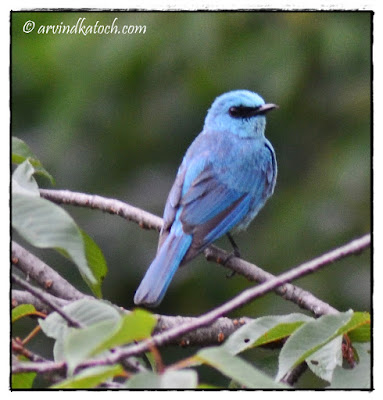Eurasian Coot Pictures and Detail (A Bird which can walk on the water)

Eurasian Coot Pictures and Detail - Today, I will discuss another water-oriented bird Eurasian Coot with you. The scientific name of this bird is Fulica atra. Earlier, I have covered three water birds Spotted-billed duck , Ruddy Shelduck , and Eurasian Common Moorhen . Waterbirds are the birds which depend mainly on water resources for their food and living. Eurasian coots are also called common coots or Australian coots. ----- Support this Blog and my Bird Photography ------- I encounter these birds at Nagal Wetland, Harike Wetland, and at Kurshetra Brahm Sarovar. Mostly, we can see them in pairs or groups. We can easily spot them by the white mark (frontal shield) present on their foreheads. These birds are found in many parts of the world including India, Europe, Australia. The male and female Eurasian coot birds almost look similar; however, male birds are slightly bigger than the female birds. They are black colored birds. It is common to spot these birds on the ...




